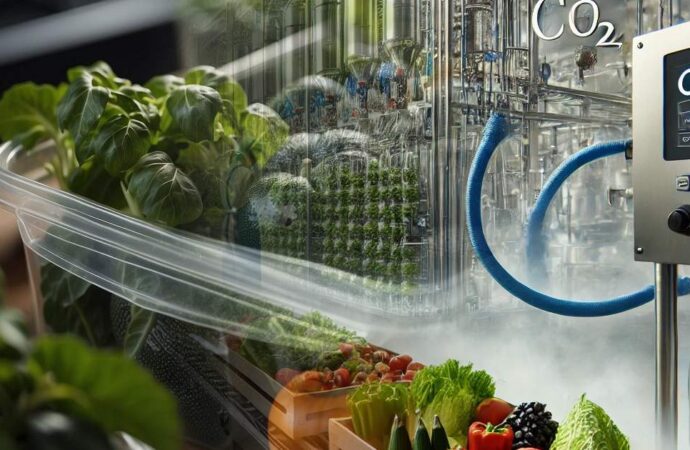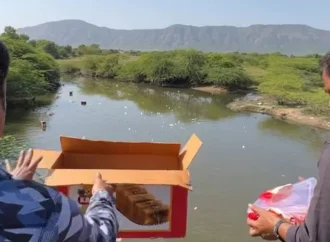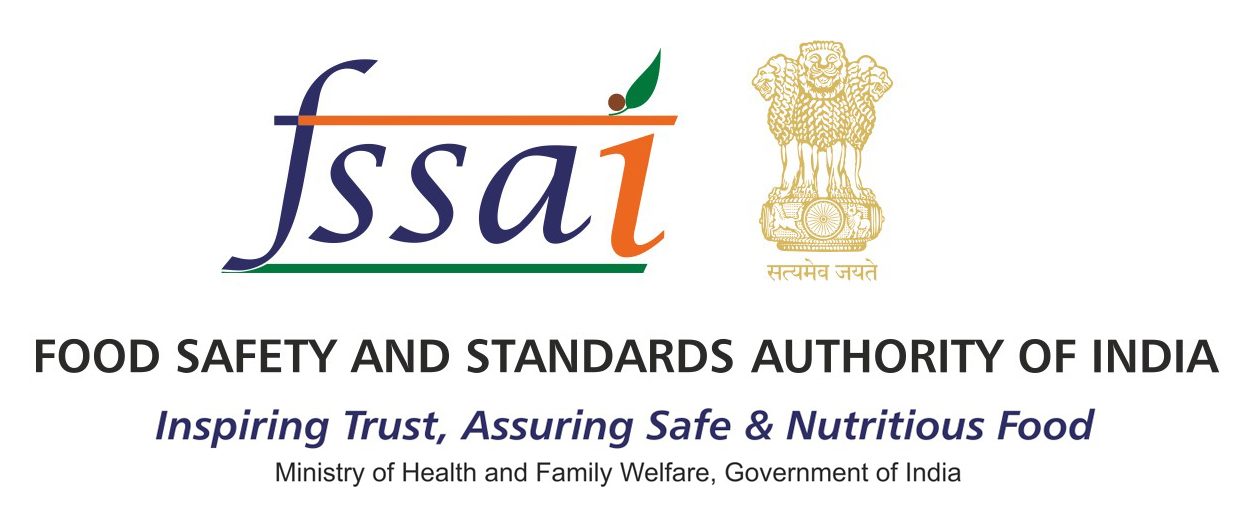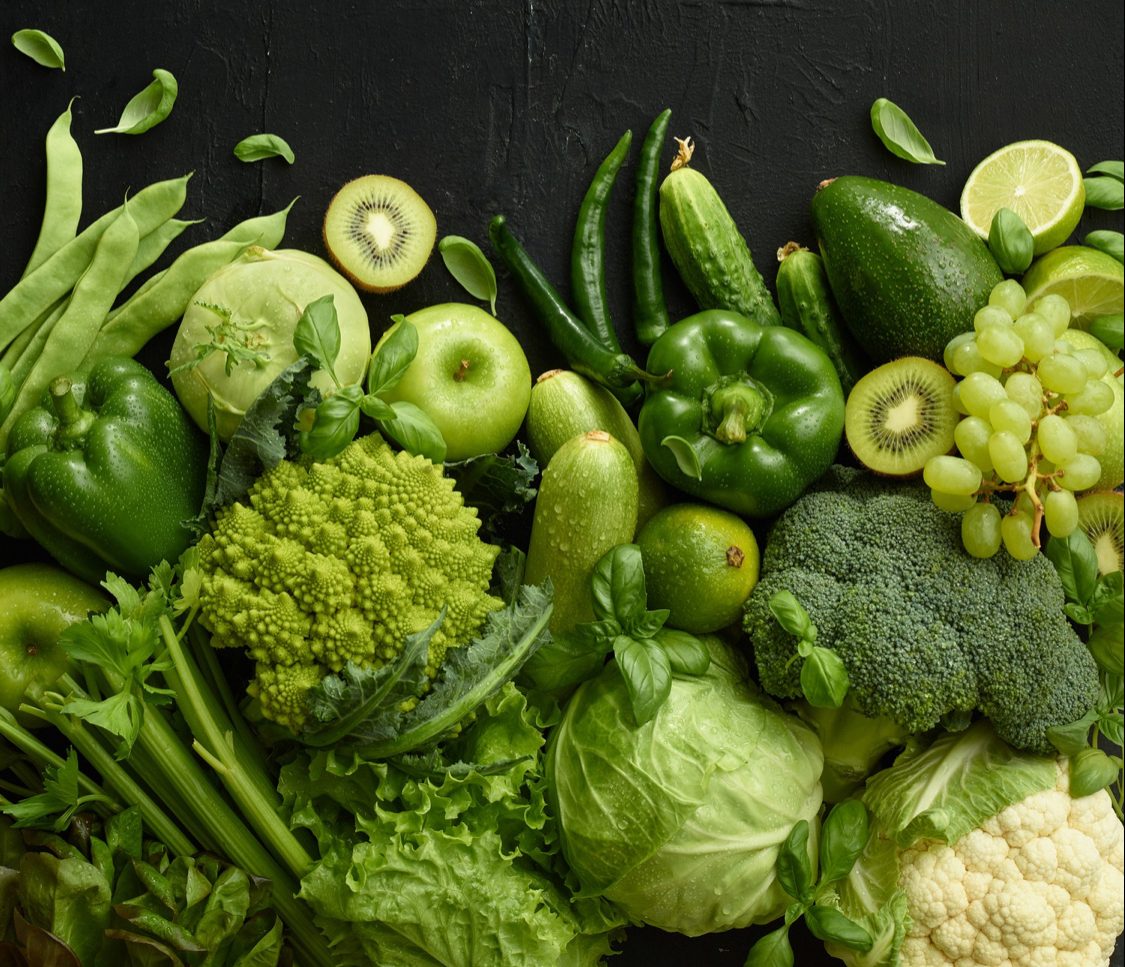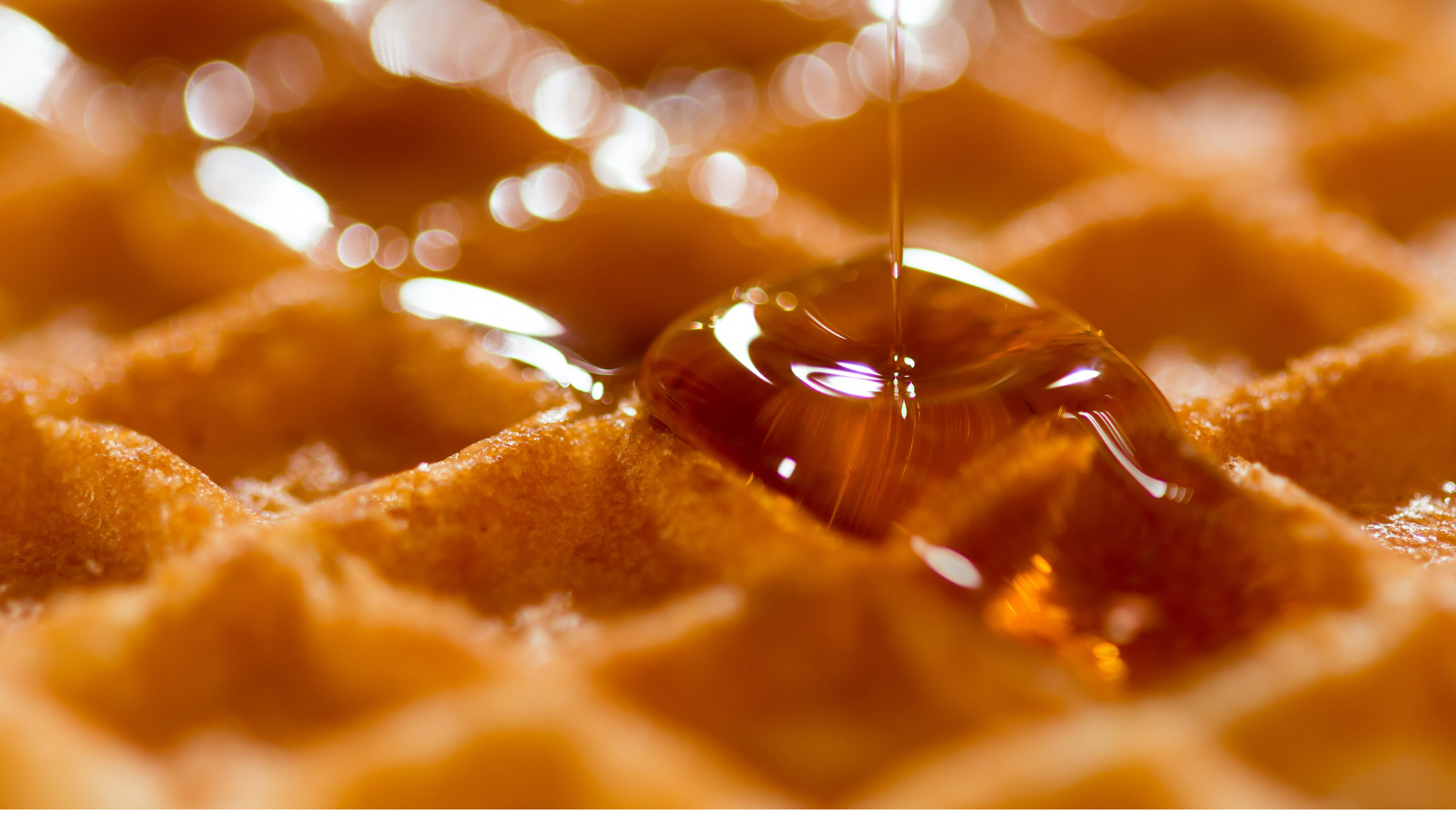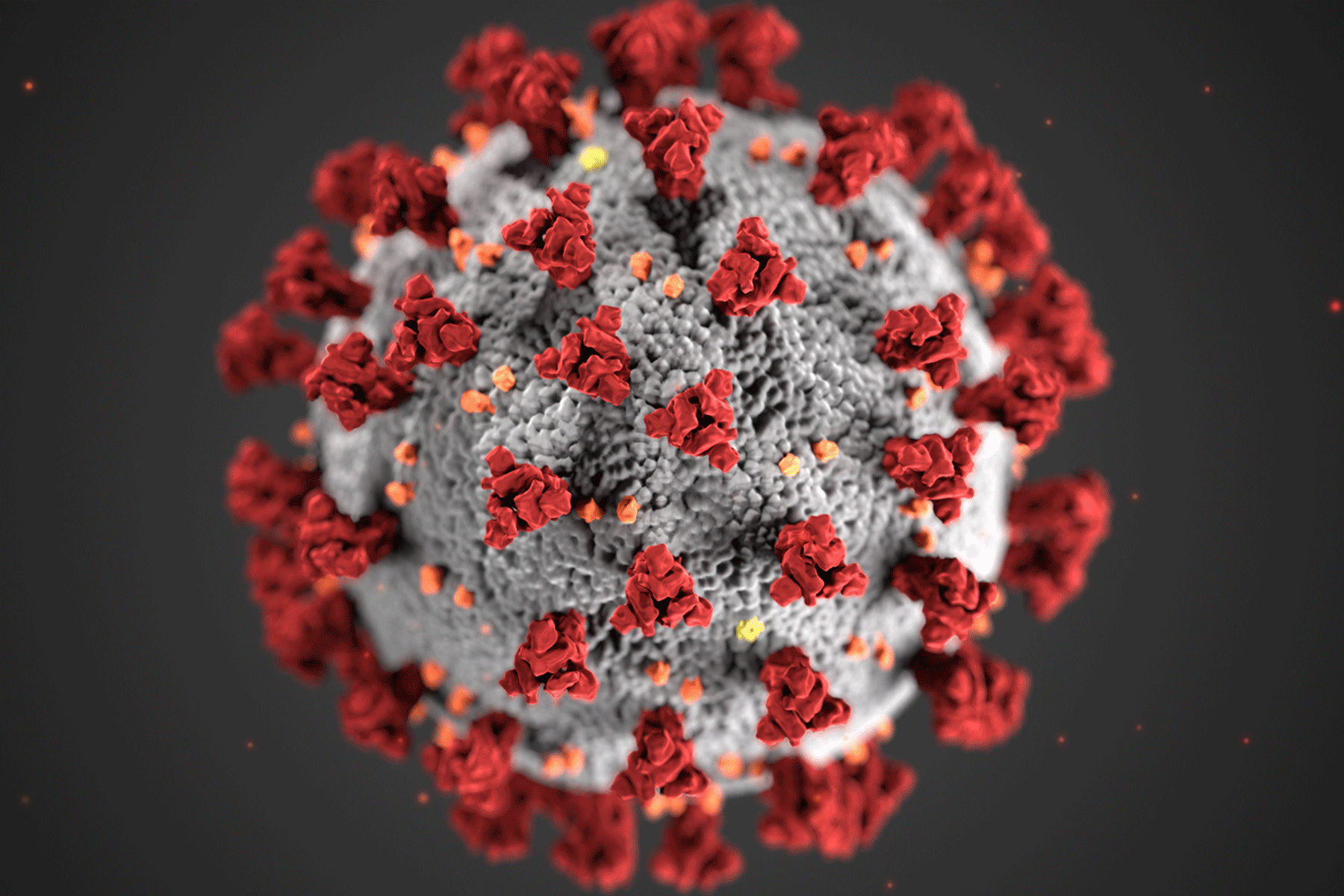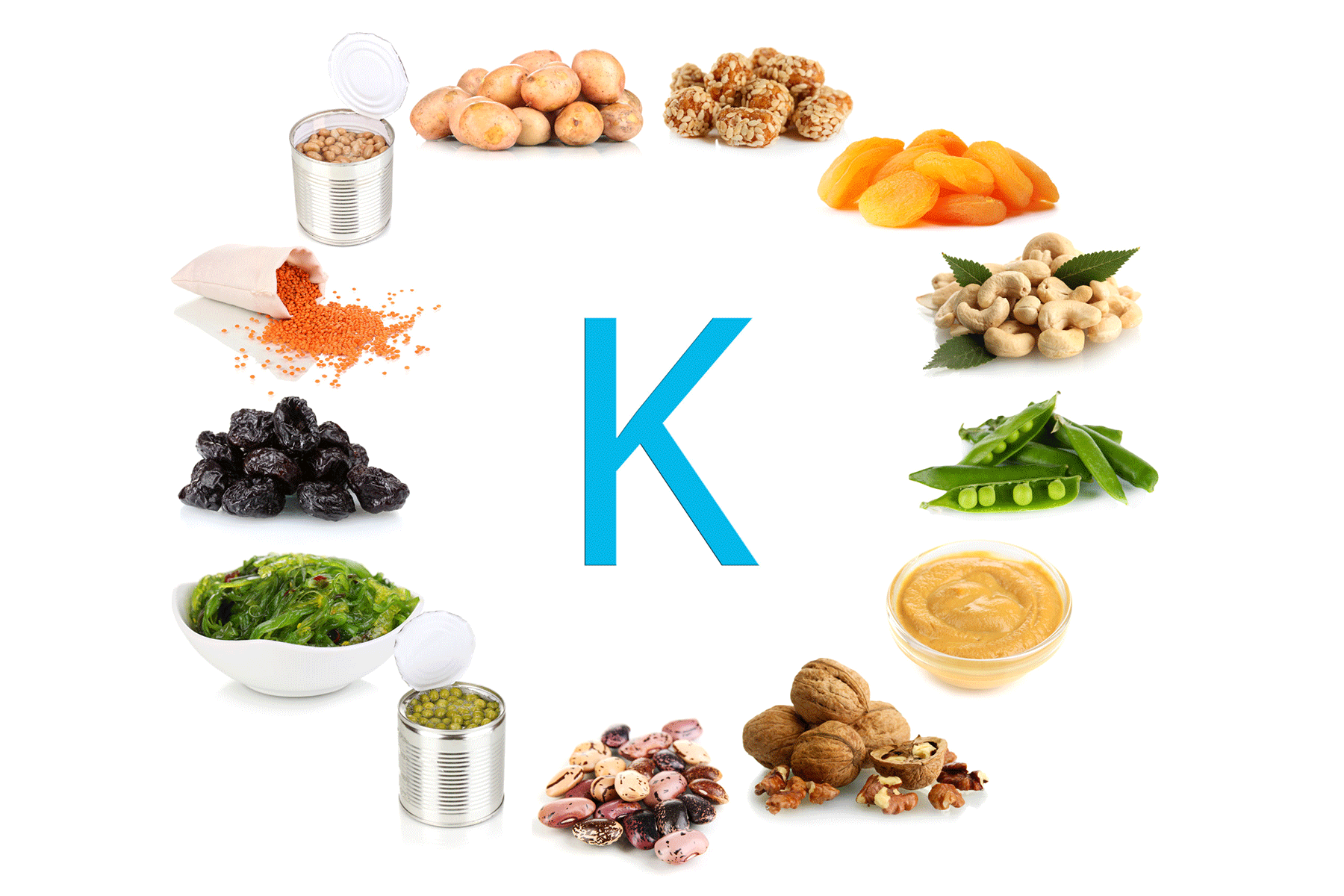When we think of food safety, we often focus on cleanliness or cooking temperatures. Yet, carbon dioxide (CO₂) quietly plays a crucial role behind the scenes. Beyond creating fizz in sodas, CO₂ helps preserve freshness, slow spoilage, and keep food safe during transport. It extends the shelf life of packaged meats through modified atmosphere packaging and protects frozen goods with dry ice, which stays colder longer without melting. By creating an acidic, low-oxygen environment, carbon dioxide inhibits harmful bacteria, ensuring the food we eat stays fresh, safe, and high-quality from farm to table.
What Is CO₂ and Why Is It Used in Food?
Carbon dioxide is a colourless, odourless gas naturally present in the air and even in our breath. In the food industry, CO₂ helps in three major ways:
- Slows down spoilage by inhibiting bacterial and mould growth.
- Prevents harmful bacteria from growing, especially aerobic bacteria.
- Keeps cold or frozen food safe during transport by maintaining low temperatures.
Keeping Food Fresh with Modified Atmosphere Packaging (MAP)
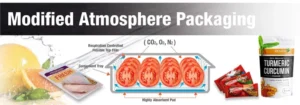
Ever wonder how sliced meats or fresh salads stay fresh for days? The secret often lies in Modified Atmosphere Packaging (MAP), which replaces the air inside food packages with a controlled mix of gases, mainly carbon dioxide and nitrogen. For example, that pack of sliced turkey in your fridge stays fresh thanks to CO₂ quietly doing its job inside the package. MAP is more than convenience—it’s a smart way to reduce food waste and improve safety.
Why MAP works:
- Removes oxygen: Oxygen fuels bacteria and mould growth. MAP cuts down oxygen to slow spoilage.
- CO₂ inhibits microbes: It creates an environment where many spoilage bacteria struggle to survive.
- Extends shelf life: Meats, cheeses, and fresh produce last up to twice as long with MAP.
- Maintains food quality: CO₂ helps keep colour, texture, and freshness intact.
Fizz with a Purpose: CO₂ in Beverages
We all love the bubbles in soda, sparkling water, or fizzy juice. That fizz is CO₂, but it does more than just tickle your tongue. Here’s how CO₂ helps beverages stay safe:
- Creates the fizz: Gives drinks their fun bubbles and sparkling texture.
- Adds acidity: Dissolved CO₂ lowers pH, making the drink slightly acidic.
- Prevents bacterial growth: Acidic conditions make it harder for harmful bacteria to grow.
- Extends shelf life: Fizzy drinks often last longer than non-carbonated ones like juices or milk.
Dry Ice: The Cool Way to Ship Food
CO₂’s solid form — dry ice — is another clever way it helps food safety, especially for frozen goods. Why use dry ice instead of regular ice?
- Much colder: Dry ice is far colder than water ice, keeping food frozen longer.
- No melting mess: It sublimates directly from solid to gas, leaving no liquid behind.
- Lower contamination risk: Without melting, there’s less chance of waterborne bacteria.
- Keeps food frozen during transport: Ensures frozen and perishable foods arrive fresh and safe.
How Does CO₂ Fight Bacteria?
CO₂ protects food by creating conditions that slow or stop bacterial growth:
- Forms carbonic acid: CO₂ dissolves in liquids to form carbonic acid, lowering pH.
- Creates acidity: Acidic conditions disrupt bacterial cells and enzymes.
- Slows growth: CO₂ inhibits bacterial metabolism and reproduction.
- Physical disruption: At high pressures (like in supercritical CO₂ treatments), it can damage bacterial membranes.
- Limits oxygen: Reduces oxygen availability, making it hard for aerobic bacteria to survive.
While it’s very effective against aerobic bacteria, CO₂ is less effective against anaerobic bacteria, so it’s always used alongside other safety measures like temperature control and sanitation.
CO₂ in Food Processing
In modern food processing, carbon dioxide plays a growing role in enhancing safety, quality, and sustainability. Its unique properties make it a natural and effective tool across various stages of food production and preservation. Key ways CO₂ is used in food processing:
-
Reduces the need for artificial preservatives by naturally slowing bacterial and mould growth.
-
Extends shelf life of packaged meats, dairy, and produce through modified atmosphere packaging.
-
Improves cold-chain logistics by keeping frozen goods safe during transport using dry ice.
-
Protects plant-based and ready-to-eat foods without affecting taste or texture.
-
Enables non-thermal sterilisation with supercritical CO₂, killing harmful microbes without using heat.
As food systems evolve, carbon dioxide continues to offer clean, efficient solutions that support both food safety and sustainability.
Final Thoughts
Carbon dioxide is a quiet hero in food safety, helping preserve freshness and prevent spoilage without altering taste or appearance. It extends shelf life and keeps food safe from farm to table. While CO₂ is safe in the small amounts used in packaging and drinks, workplaces handling larger quantities must ensure proper ventilation to protect workers. Overall, CO₂ is a natural, effective, and essential tool in keeping our food fresh and safe.
 Food Manifest
Food Manifest 